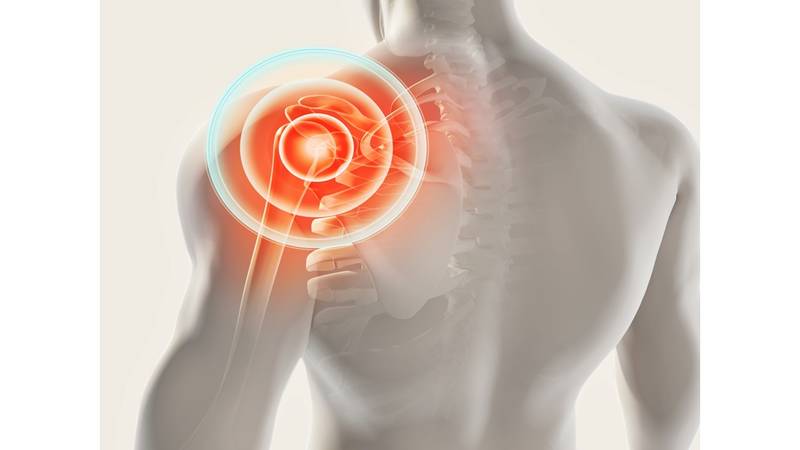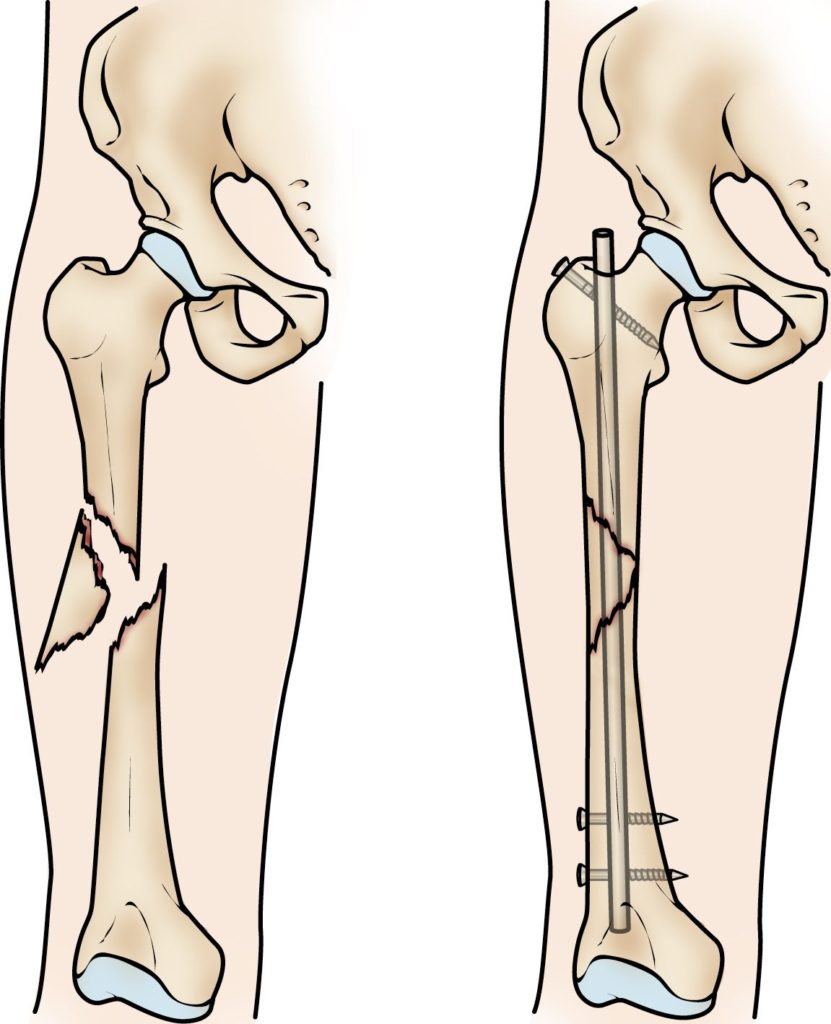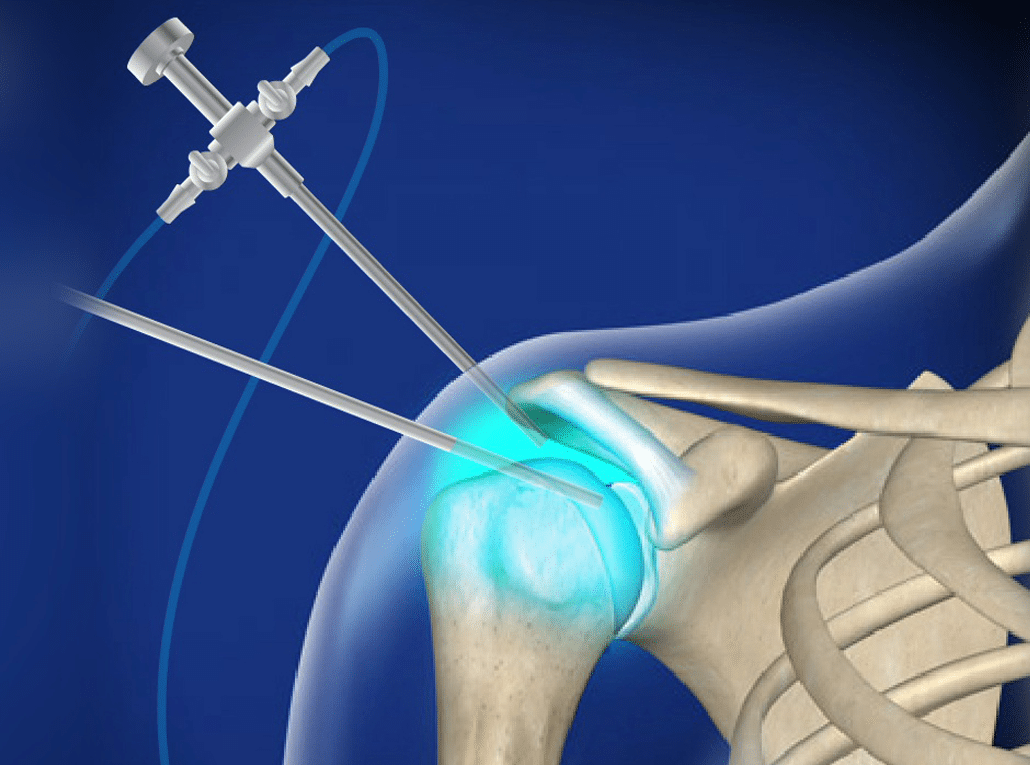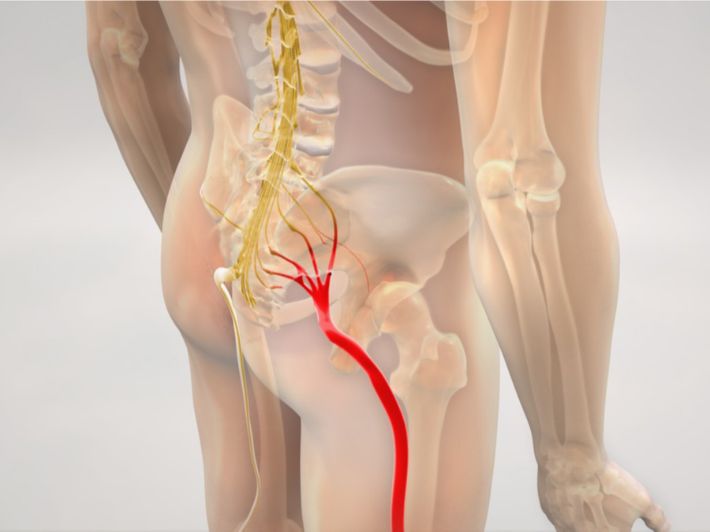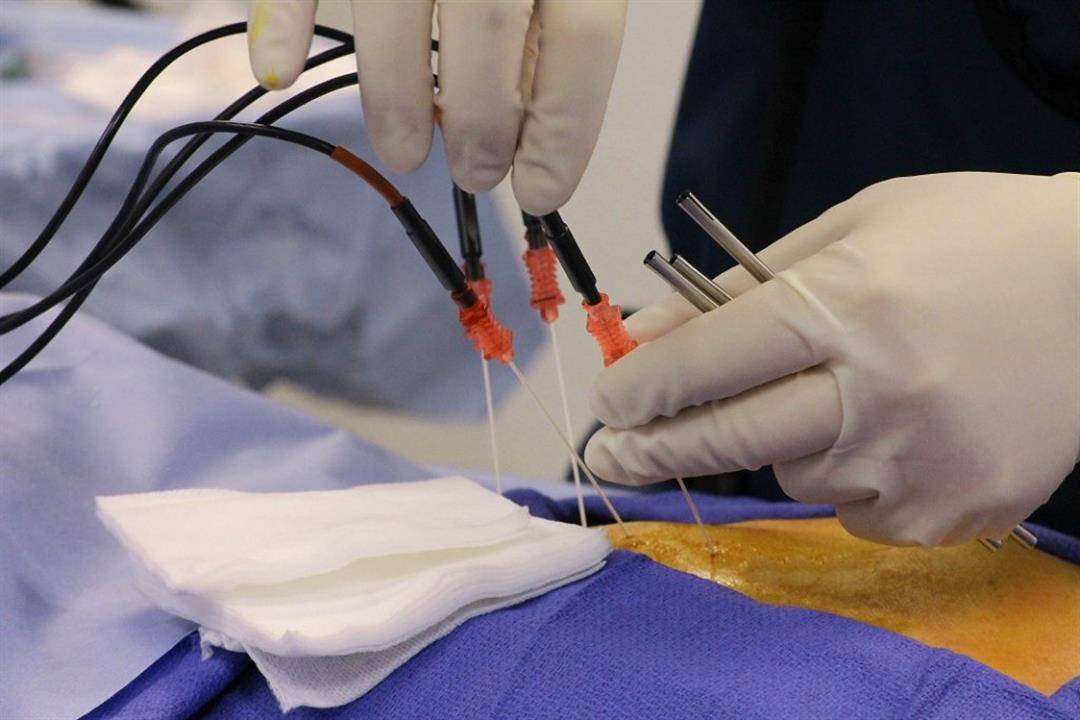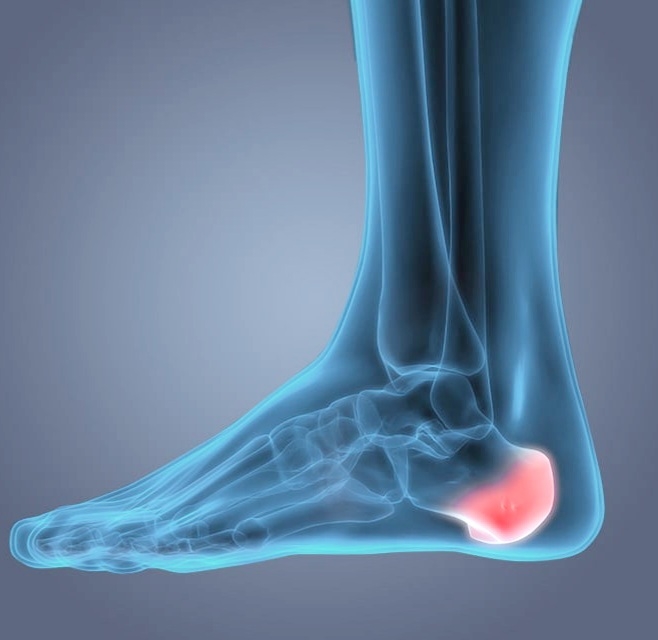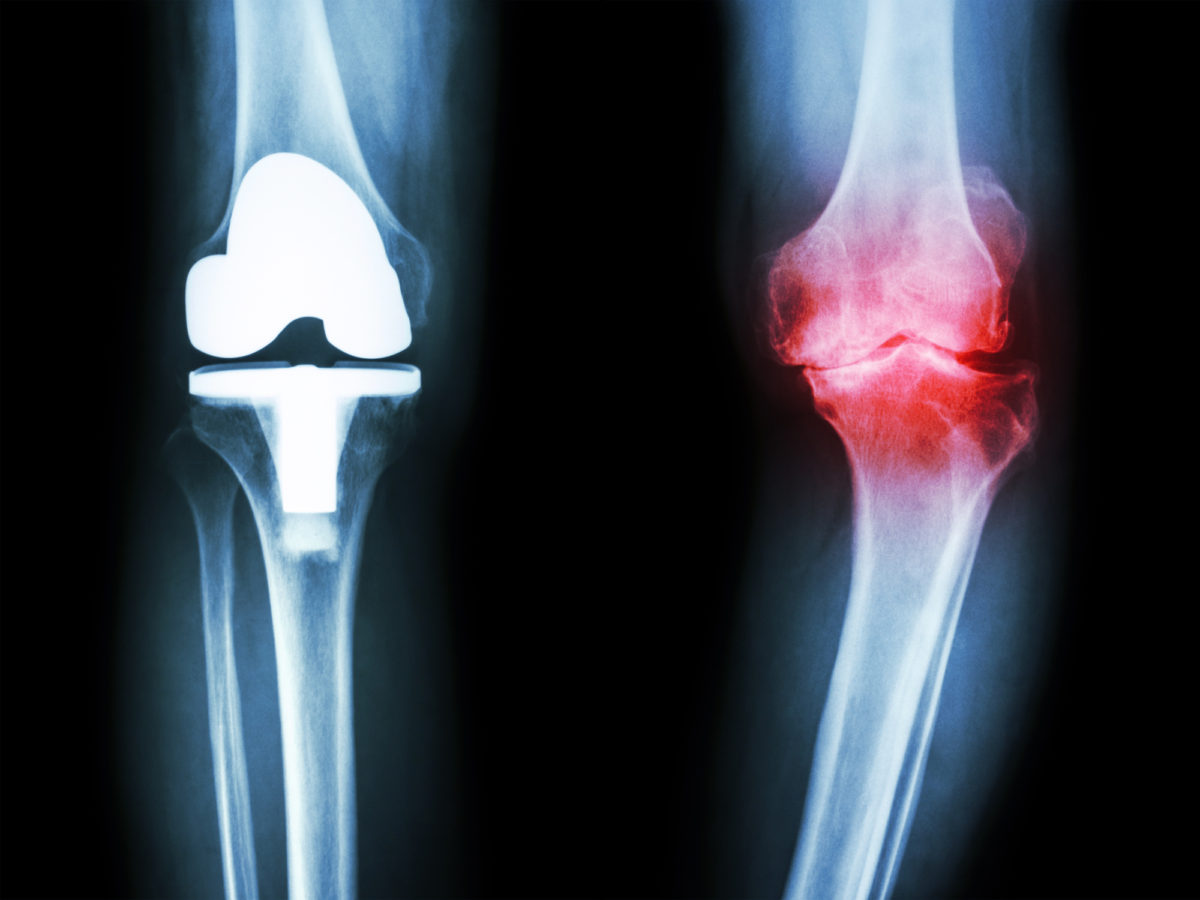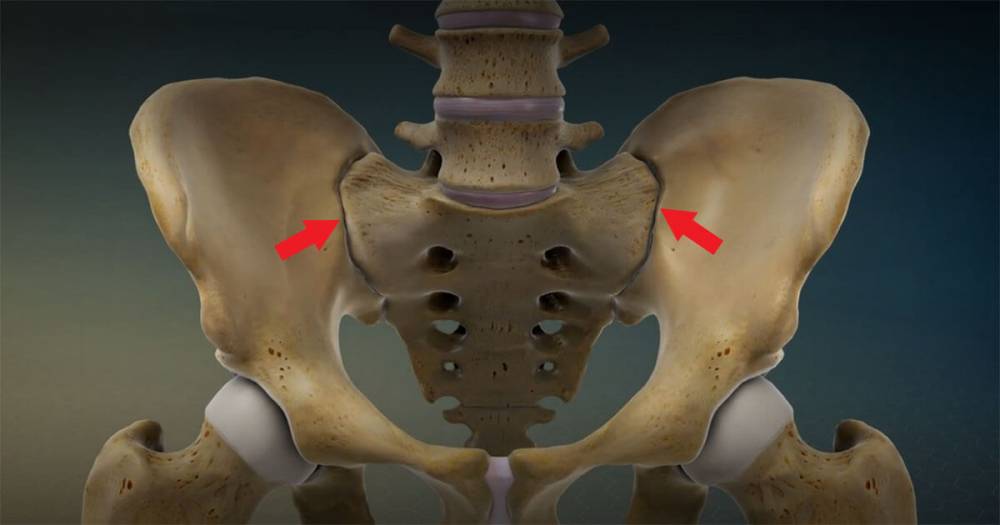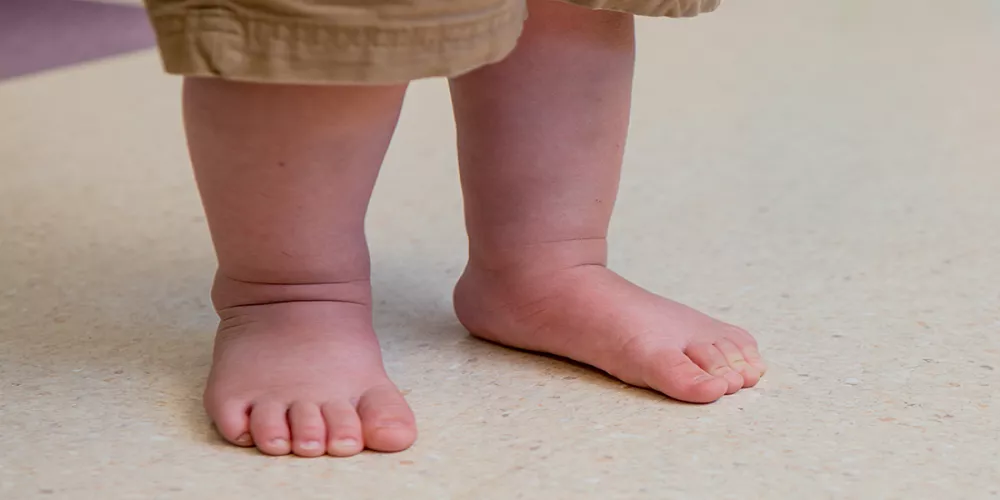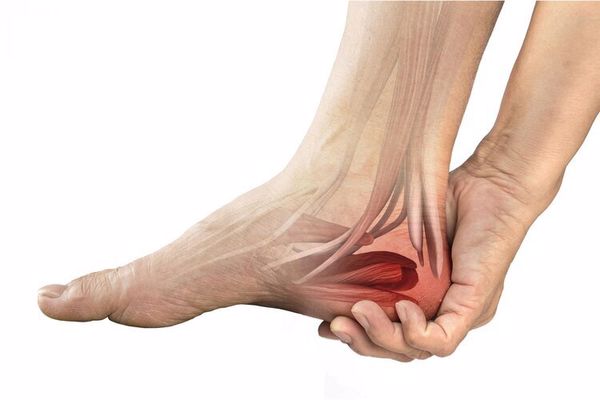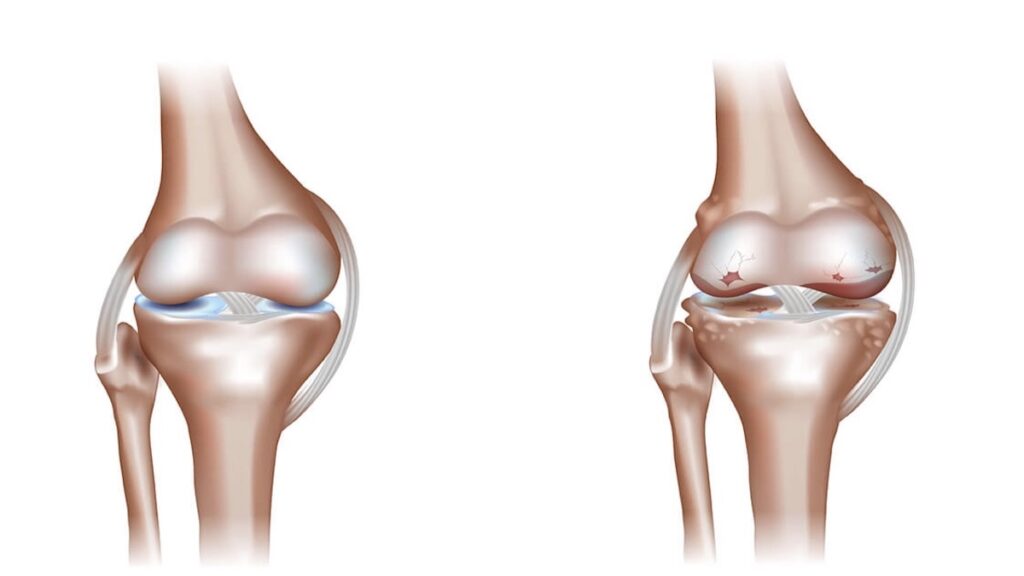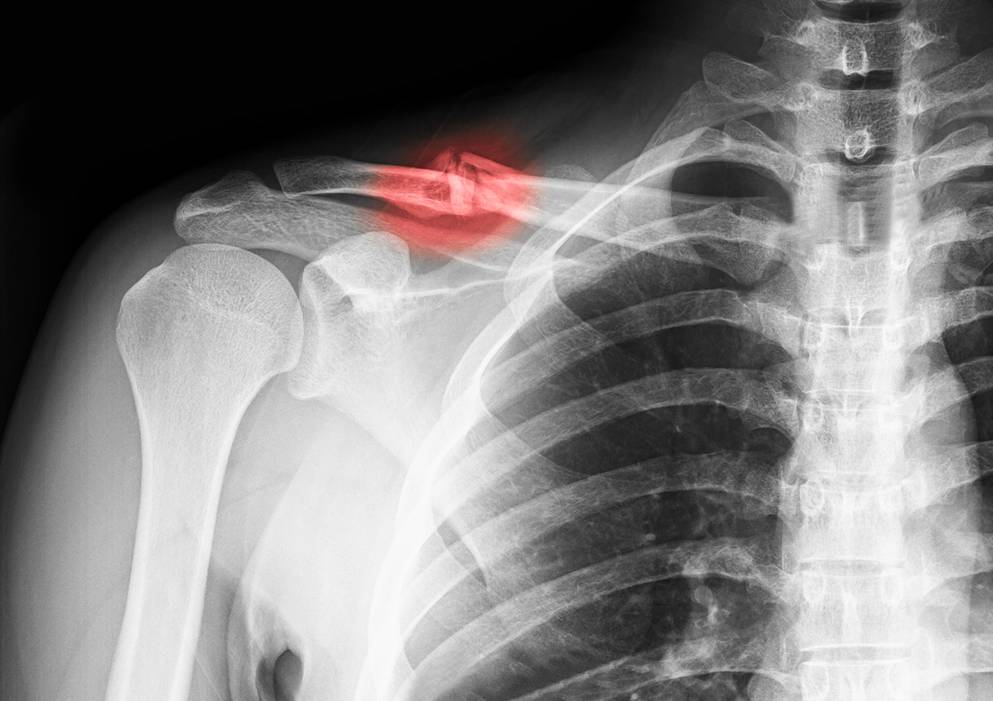Details About Bone Graft Surgery with Dr. Amr Amal and Its Cost
Bone Graft Surgery with Dr. Amr Amal, Perhaps you’ve heard of bone grafting before, or maybe this is the first time you’re encountering the term. In either case, through this article, we will provide you with all the information related to this procedure and recommend one of the best orthopedic doctors in this field, Dr. Amr Amal. So, stay with us to receive all the latest updates.

Bone Graft Surgery with Dr. Amr Amal
Bone graft surgery is one of the important and precise procedures that require a skilled and proficient physician, and you can find this with Dr. Amr Amal. He is a consultant in orthopedic and joint surgery at Ain Shams University and one of the best orthopedic doctors in Egypt. He is known for his dedication to his work and his great skill in achieving highly successful outcomes. Dr. Amr is also renowned for his excellent patient care, listening to their complaints, and constantly striving to provide the best treatment plans for their injuries. Choosing Dr. Amr Amal is one of the best options available for bone graft surgery, using the latest techniques and equipment.
What Is Pelvic Bone Graft Surgery?
Pelvic bone graft surgery involves taking a portion of pelvic bones and placing it in areas that have experienced fractures or bone damage, rendering the bones unable to grow naturally. Bones have the ability to grow and heal after fractures if a support structure is provided, such as pelvic bones. Alternatively, bone grafts can be obtained from a bone bank donor. After the bone grafting procedure, new bone formation begins, with bone cells gradually developing, ultimately allowing the fractured bones to heal naturally.
Reasons for Opting for Bone Graft Surgery
Bone graft surgery is performed on individuals who have unrepaired bone fractures or have experienced accidents resulting in the loss of a significant portion of bone. In cases where an artificial joint has been implanted, severe damage to the joint’s cartilage has occurred, or any of the aforementioned reasons have caused the patient to be unable to move normally and experience severe pain, bone graft surgery is a viable solution to stimulate bone growth. This may include:
- Stimulating the healing of fractures that did not heal naturally within the expected timeframe, thereby promoting bone growth and accelerating recovery.
- Increasing the number of bone cells in areas where fractures or damage have led to bone loss.
- Filling the voids with natural bones in cases of tumor removal or severe fractures resulting in bone loss. The pelvic bones used for grafting serve as the foundation for the growth of natural bone.
Preparing for Bone Graft Surgery
Patients should be fully prepared for the procedure, which involves taking a portion of pelvic bones and grafting them into the desired location. This includes:
- Providing the doctor with a complete medical history, including all medications and vitamins being taken.
- Allowing the doctor to assess the fracture or empty bone area requiring grafting for precise evaluation.
- Undergoing a CT scan to thoroughly examine the condition.
- Taking antibiotics and prescribed medications before the surgery to promote bone health and prevent infection.
- Fasting for 8 hours prior to the procedure to minimize the side effects of anesthesia.
- Undergoing comprehensive blood tests, measuring heart rate, respiratory rate, blood pressure, and body temperature before the surgery.
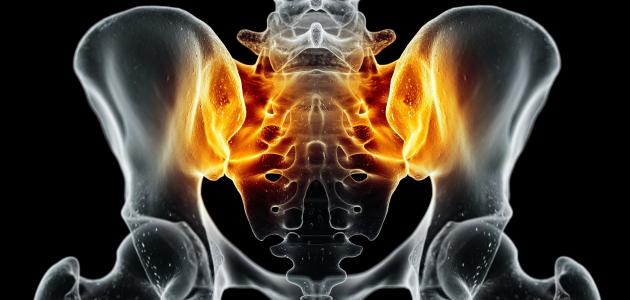
How Is Bone Graft Surgery Performed?
Overcome the challenges of bone graft surgery with our expert team led by Dr. Amr Amal. We provide comprehensive care and innovative solutions to restore your vitality and natural movement.
After the patient has prepared for the surgery with the necessary examinations, they will be given regional anesthesia. The surgeon will then make an incision of up to ten centimeters on the hip area, allowing for the extraction of a portion of the pelvic bone to be used for bone grafting. Following that, the surgeon closes the incision after the pelvic bone has been extracted. The surgeon utilizes the extracted pelvic bone and places it in the specific location of the fracture or bone void, ensuring it promotes bone healing, stimulates regeneration, and replaces lost bone. The surgical site’s tissues are then closed, and the incision is sutured.
Post Bone Graft Surgery
After undergoing bone graft surgery, patients may experience some pain and swelling for several days. This is a normal and expected part of the recovery process. Most doctors advise patients to avoid strenuous activities and follow the instructions provided by the treating physician. It is essential for the patient to take the prescribed medications to alleviate pain, reduce swelling, and prevent inflammation. If the patient does not respond to the medications, they should seek immediate medical attention.
Success Rate of Bone Graft Surgery
The success rate of bone graft surgery typically ranges from 70% to 80%, depending on the experience and skill of the performing surgeon. Several factors contribute to increasing the success rate of the surgery, including:
- Patients should not be smokers, as smoking significantly affects bone healing.
- Patients should not suffer from chronic diseases, with diabetes being particularly detrimental as it hinders bone growth after the surgery and delays wound healing.
- The utilization of donor tissues that can form bone tissues to fill the bone void is crucial.
- Paying attention to the patient’s overall health and their body’s ability to regenerate bone cells.
- The patient’s age, as elderly individuals may not have the capacity for proper bone healing even after bone graft surgery.
Recovery Period After Bone Graft Surgery
“Do not endure unnecessary pain. Collaborate with Dr. Amr Amal and benefit from his extensive expertise in diagnosing and treating bone fractures effectively and safely through bone graft surgery.”
Bone graft surgery requires an extended recovery and healing period, lasting at least 6 months or as determined by the treating physician based on the patient’s condition. During this period, patients should avoid the following activities:
- Lifting, carrying, or pulling heavy weights.
- Engaging in activities or sports involving physical contact.
- Abstaining from smoking to expedite the healing process.
- Avoiding strenuous physical exertion.
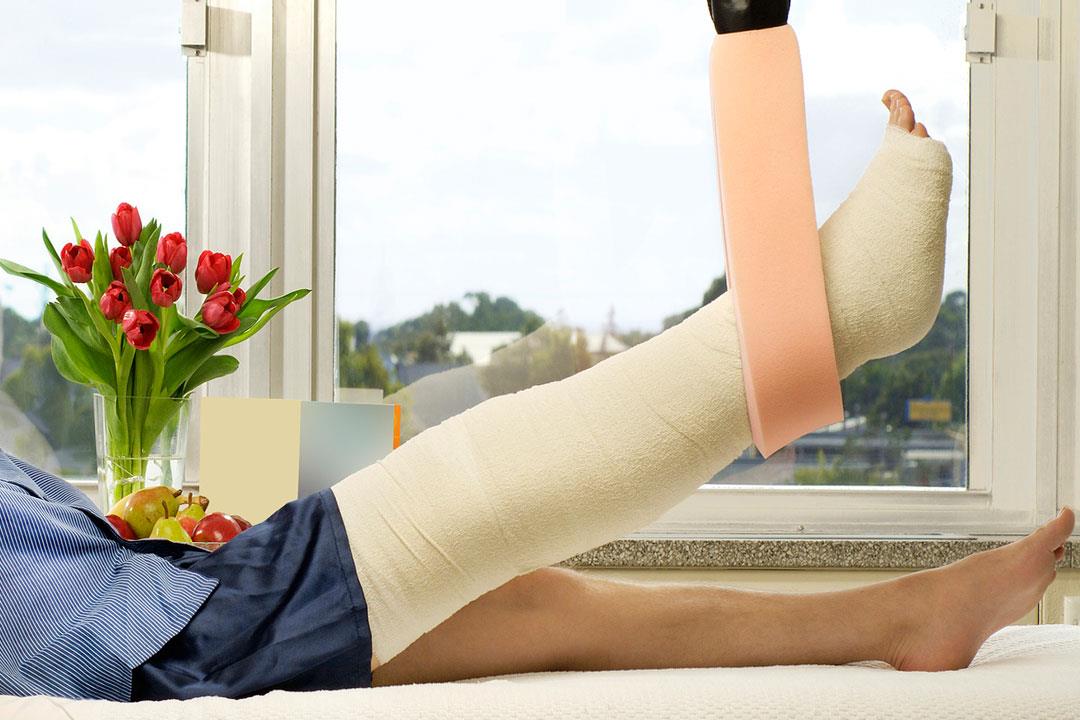
Post Bone Graft Surgery Symptoms
To avoid potential risks that may arise after bone graft surgery, it is essential to understand them in detail. These risks may include the following:
- Mild blood clots may form, so doctors often recommend blood-thinning medications.
- The patient may experience nerve injury during the procedure, resulting in lower back pain that becomes noticeable when sitting.
- In extremely rare cases, patients may suffer from pelvic fractures.
- There is a possibility of infection during or after the surgery, leading to inflammation. In such cases, a course of antibiotics and anti-inflammatories is prescribed to control the infection.
- Bleeding may occur within two days of the surgery, requiring immediate medical attention, although the likelihood of this happening is very low, not exceeding 2%.
- Some patients may develop an external hernia due to the removal of a portion of the pelvic bone.
- The stability of the pelvis may be compromised after pelvic bone grafting.
- Patients may experience thigh numbness due to the procedure, which may result in nerve damage.
What Is the Cost of Bone Graft Surgery?
It is challenging to provide an exact cost for bone graft surgery, as it generally ranges from 150,000 to 350,000 Egyptian pounds. This amount may vary depending on various factors that directly influence it, including:
- The type of bone affected and the location of the fracture.
- The level of the hospital where the patient undergoes the procedure and the quality of medical care provided.
- The preoperative, intraoperative, and postoperative procedures followed.
- The patient’s overall health condition and their body’s ability to regenerate bone cells.
- The age of the patient, as elderly individuals may have a reduced capacity for proper bone healing even after bone graft surgery.
Stages of Recovery After Bone Graft Surgery
“After undergoing bone graft surgery, patients may experience some pain and swelling for several days. This is a normal and expected part of the recovery process.”
After undergoing bone graft surgery, patients need continuous monitoring of their condition until the fracture has completely healed, and they regain their natural mobility. Certain signs indicate the completion of bone healing and full recovery, including:
- Gradual and regular improvement in the appearance and movement of the grafted bones.
- Clear improvement in the patient’s movement and flexibility when using the treated area.
- Patients may experience pain and swelling in the surrounding area, which is part of the healing process.
- Bone cells at the graft site begin to increase, monitored through X-rays and tests ordered by the doctor.
- Patients should rest, follow a healthy diet, and regularly consult with their doctor. Immediate consultation is necessary if they experience symptoms such as fever, itching, or persistent pain.
For more information about bone graft surgery, reasons for undergoing it, its outcomes, and its significant benefits, we recommend reading the following article.
When Can I Start Walking After Bone Grafting?
The timing for walking after bone grafting depends on the specific area where the bone graft was performed and typically ranges from 8 to 12 weeks. The duration depends on how well the body responds to movement, the patient’s adherence to the doctor’s instructions, and participation in physical therapy and rehabilitation sessions to regain natural mobility and walking.
Where Can Self-Bone Grafting Be Obtained From?
Certain areas of the body can serve as sources for self-bone grafting. These areas include:
- Pelvic bones.
- Ribs.
- Shinbone.
In addition to these locations, other areas may also be considered for bone grafting based on specific surgical requirements, taking into account factors such as size, strength, and the ability to stimulate bone healing. Benefit from Dr. Amr Amal’s expertise to address your concerns through safe and effective methods.

